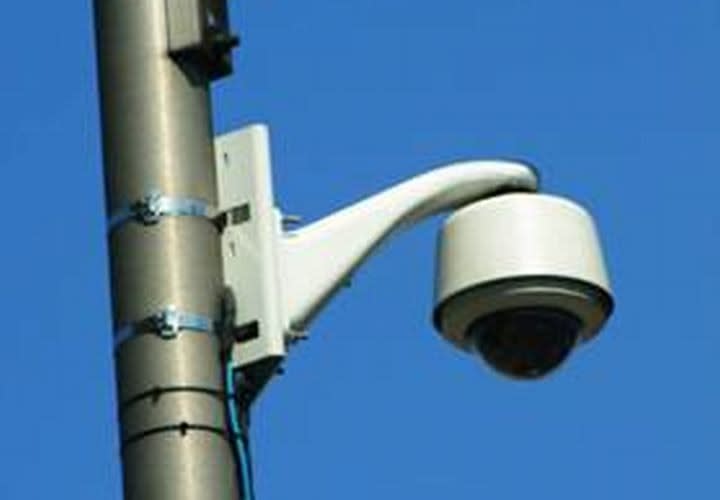As part of his effort to gain community support for the project, Medrano met with community leaders and ACLU officials. The agency also agreed to set up a citizen privacy committee to audit footage.
"We've probably attended close to 40 community meetings, and we attended training from the ACLU about digital surveillance," Medrano said. "We implemented as many of those safeguards as possible. When they reviewed it, they said they didn't like it, but told us we did the best we could under those guidelines."
The agency chose a wireless rather than wired network out of neccessity rather than convenience, because much of the city is not wired with fiber. The Bosch Security cameras are paired with wireless components such as Firetide's outdoor mesh nodes with radio transmitters that create a public-safety Wi-Fi access point.
Gardena patrol officers can access the system with a smartphone, Apple iPad or other connected device and eventually may be able to gain access via mobile data terminals (MDTs) in the cruisers.
Here's how it would typically be used. Once a "hot" call comes in of a crime in progress, the thoroughfare cameras are alerted and begin pointing in the direction a suspect vehicle may be traveling. Then, sworn or non-sworn personnel monitoring the cameras from the command center will pass along any detailed information gleaned from viewing the footage to responding officers.












